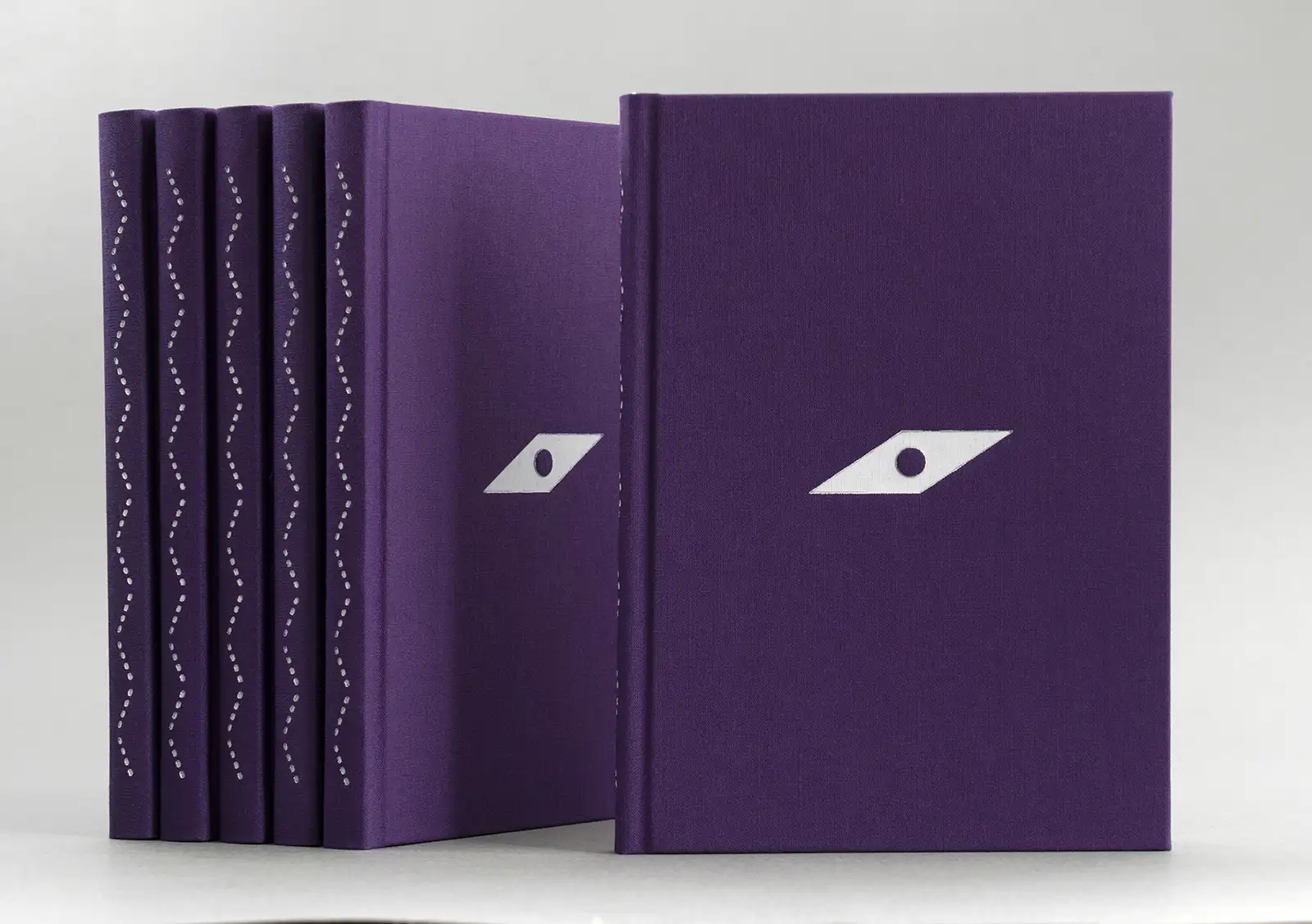Advertorial: The 100th anniversary of the birth of Stanisław Lem (born on 13 September 1921 in Lviv, died on 27 March 2006 in Krakow), a world-famous Polish science fiction author, philosopher and visionary known as an explorer of the future, became a stimulus for the activation of many Polish publishing centers, especially in terms of futuristic themes. It also led to the emergence of international projects. Here are some of them - noteworthy not only for Lem's surname, but also for the high quality of their original graphic adaptations.
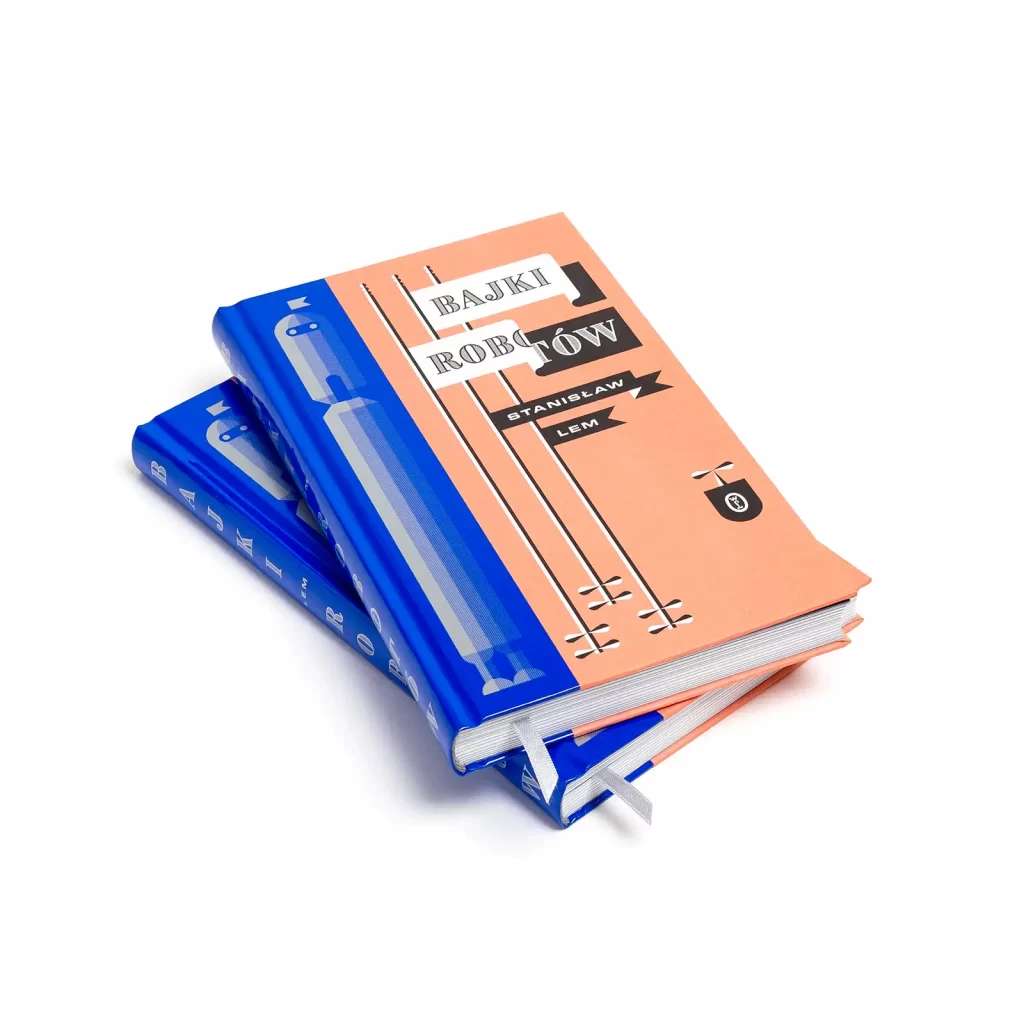
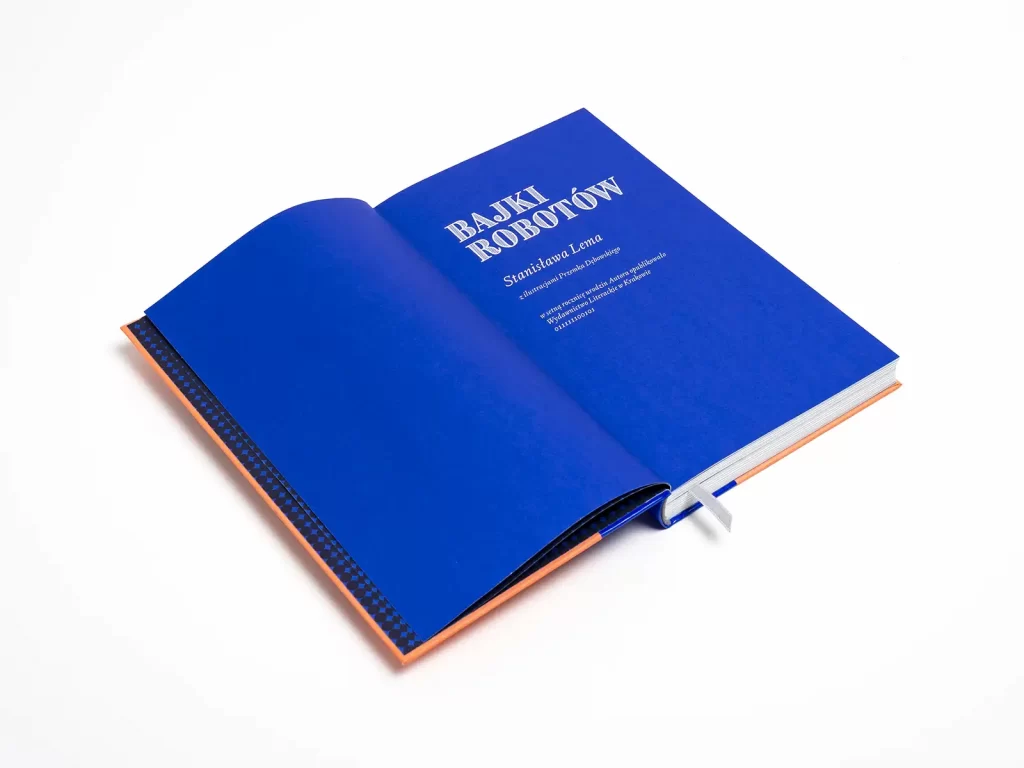
Wydawnictwo Literackie from Krakow commissioned Przemek Dębowski, who regularly cooperates with this publishing house, to create a new graphic design for the extremely popular robot tales. 15 monochrome, ultramarine illustrations for 15 stories by Lem depict apparatuses and machines and their enigmatic designers, duplicated parts of devices, various objects with an unclear purpose, soulless architecture and an empty cosmic landscape, a mechanized world of distant galaxies.
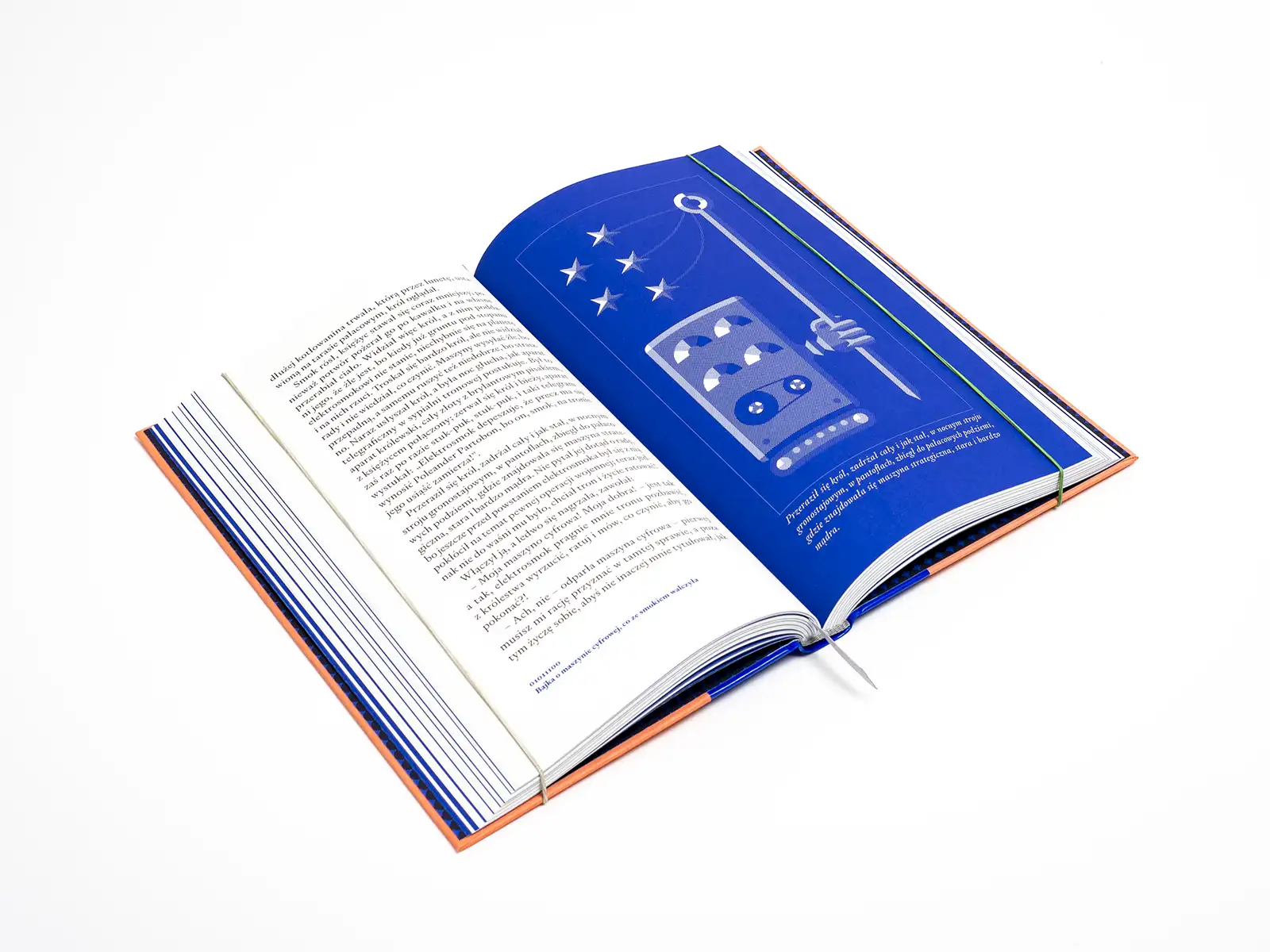
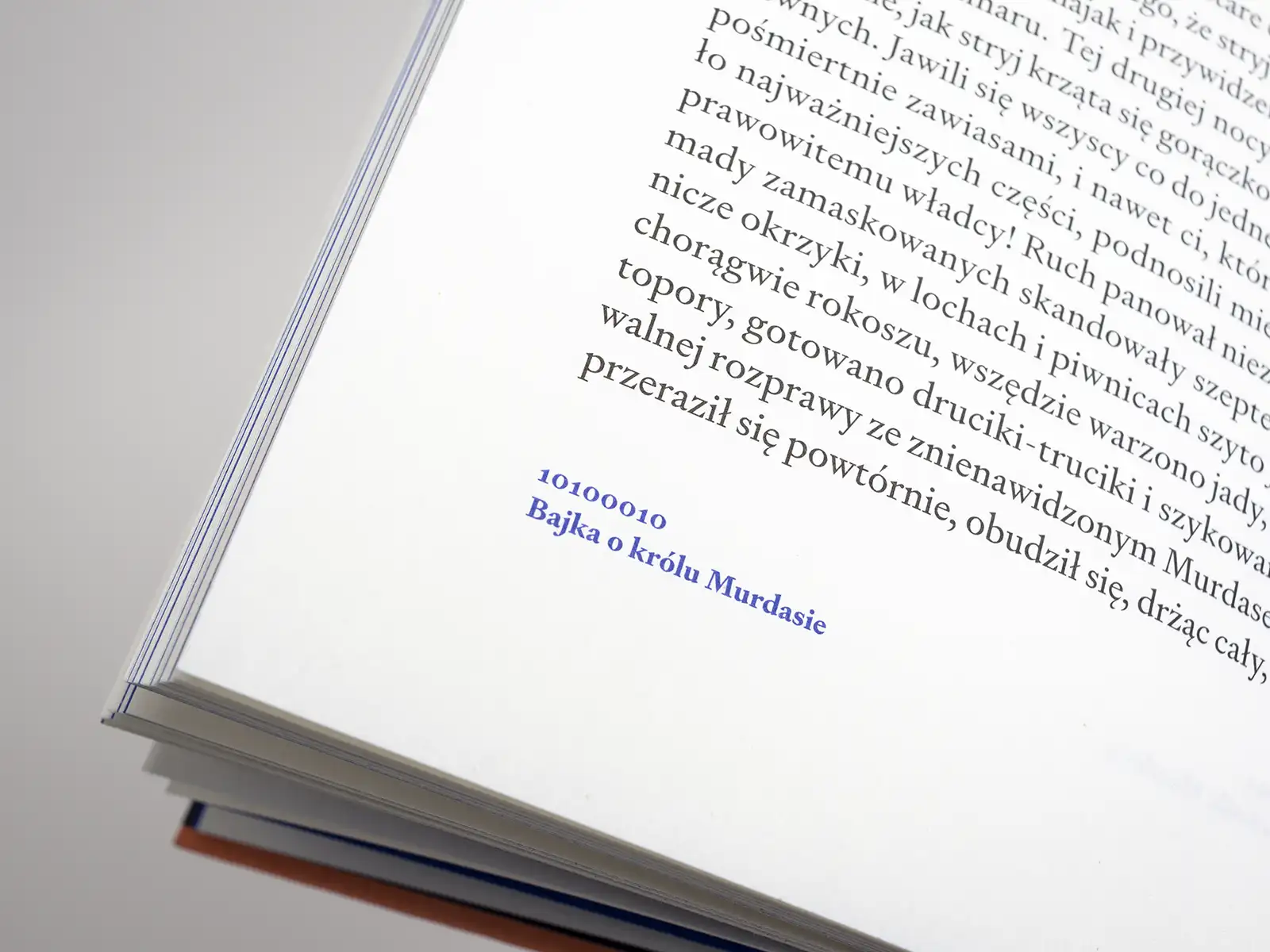
However, what deserves special attention in this project is its rather inconspicuous feature, namely unusual pagination. When numbering the pages of the book, the graphic designer used the binary system - the basic code of computer science and digital electronics, which perfectly describes the automated robot environment and is thus aptly associated with it. Although the page numbering remains unreadable for recipients who are resistant to mathematics and therefore seems to be a mysterious reference, nothing will spoil their reading pleasure.


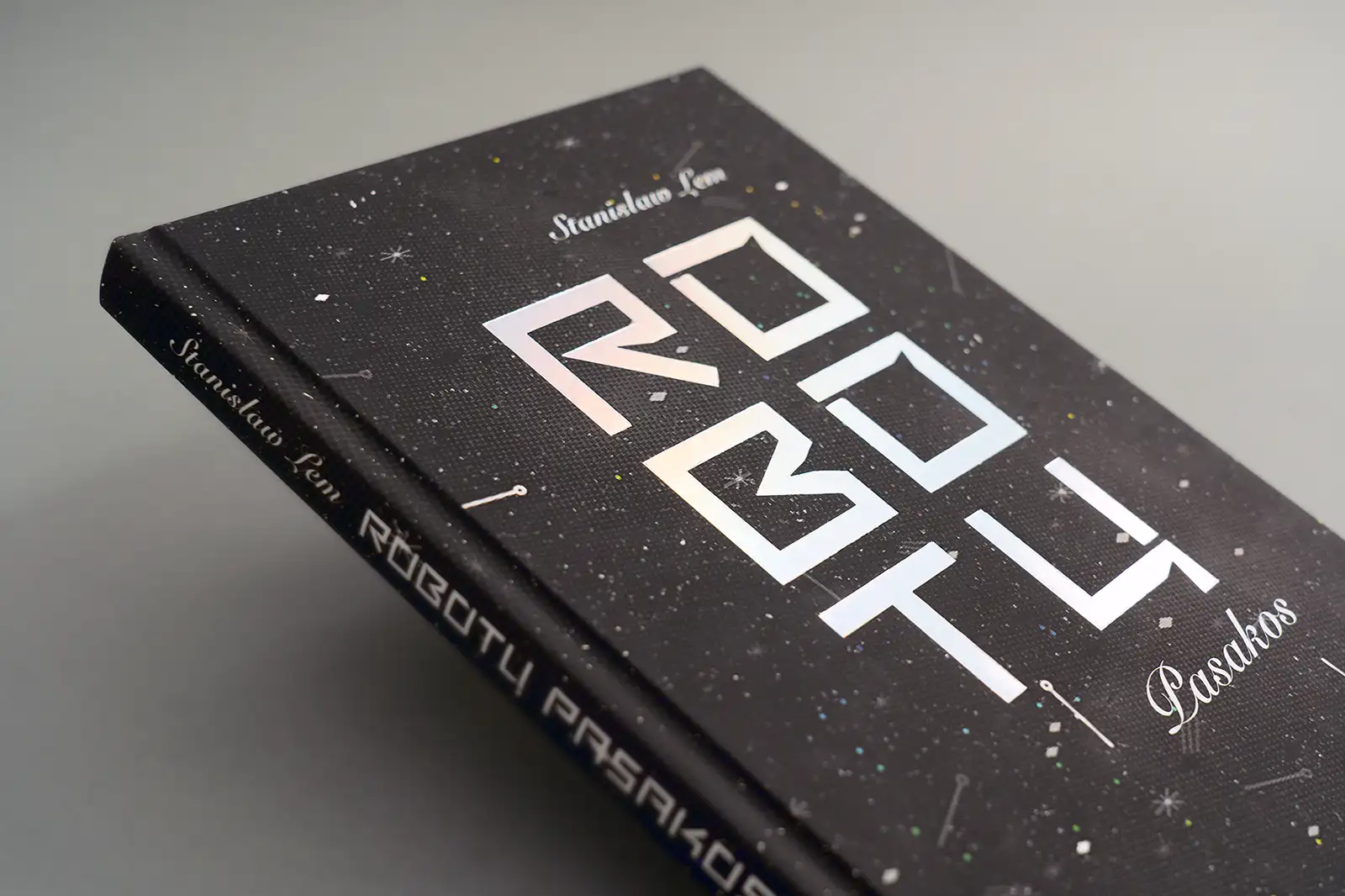

The Adam Mickiewicz Institute also reached for robot fairy tales. Together with the Estonian publishing house Päike ja Pilv, it invited eight renowned illustratorsfrom Estonia - Katrin Ehrlich, Kadi Kurema, Marja-Liisa Plats, Regina Lukk-Toompere, Viive Noor, Priit Pärn, Anne Pikkov and Urmas Viik - and eight young Polish artists- Edgar Bąk, Katarzyna Bogucka, Zosia Dzierżawska, Gosia Herba, Rita Kaczmarska, Paweł Mildner, Dawid Ryski and Katarzyna Walentynowicz - to collaborate on this project.Each of the authorsillustrated one of the 16 stories from the anthology Robotite Muinasjutud, revealing their own stylistic preferences and favorite techniques. In addition to photo collages, the book contains painterly impressions, schematic black and white drawings that refer us directly to the digital world, as well as colorful and complex compositions created with colored pencils, felt-tip pens, paints or computer designs.

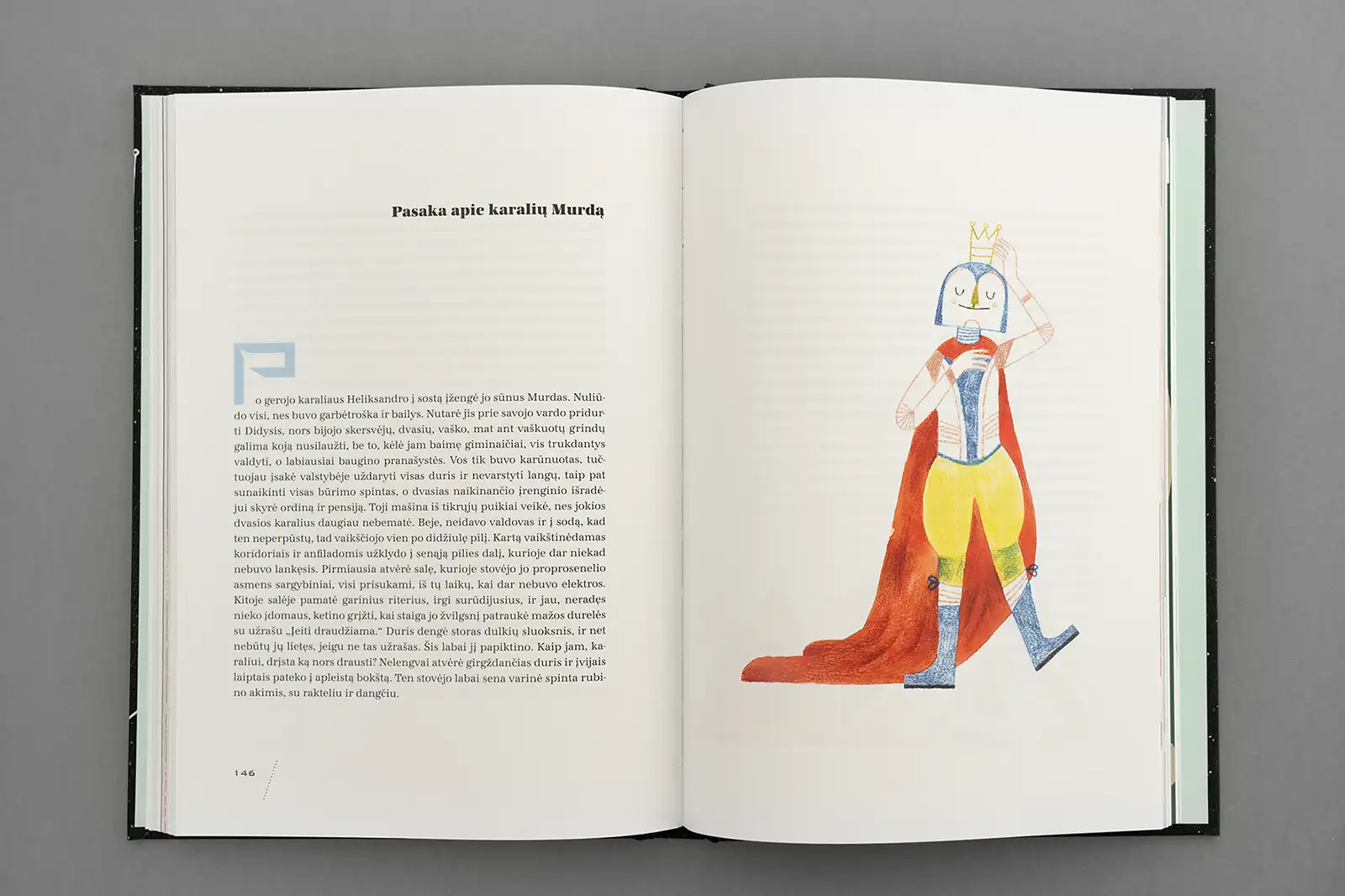
This version of Robot Tales, already only with illustrations by Polish artists, was also published in Lithuanian by the Vilnius publishing house Odilė - "Robotų pasakos". In a spatial version, these pictures and their fragments became the material for exhibitions in Tallinn, Haapsalu, Tartu, Vilnius and Klaipėda. The visual variety of illustrations from the anthology, just as fascinating as the science fiction master's prose, was used in a more modest selection as the basis for the graphic design of a wall calendar of impressive size and a notebook, also published by the Adam Mickiewicz Institute. The agenda was designed as a universal calendar for each new year - although it was prepared for the Lem year 2021, its cover also shows the year 2094, in which the arrangement of days is to be repeated. This is a must-have for all lovers of literary achievements and the intellectual legacy of Stanisław Lem, for science fiction fans, futurists, computer scientists and ... robots.
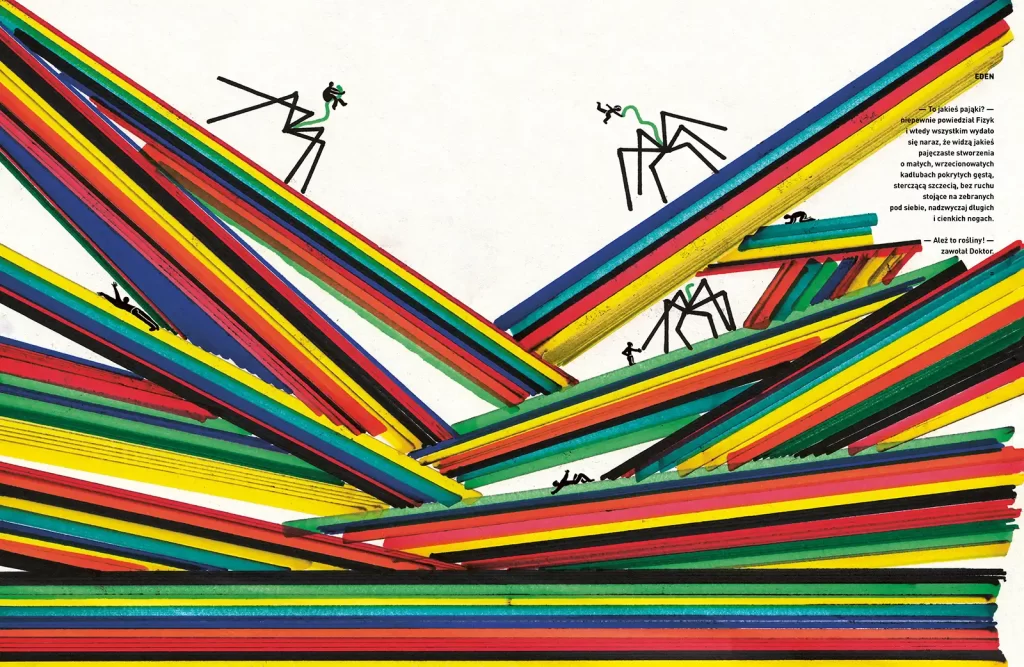
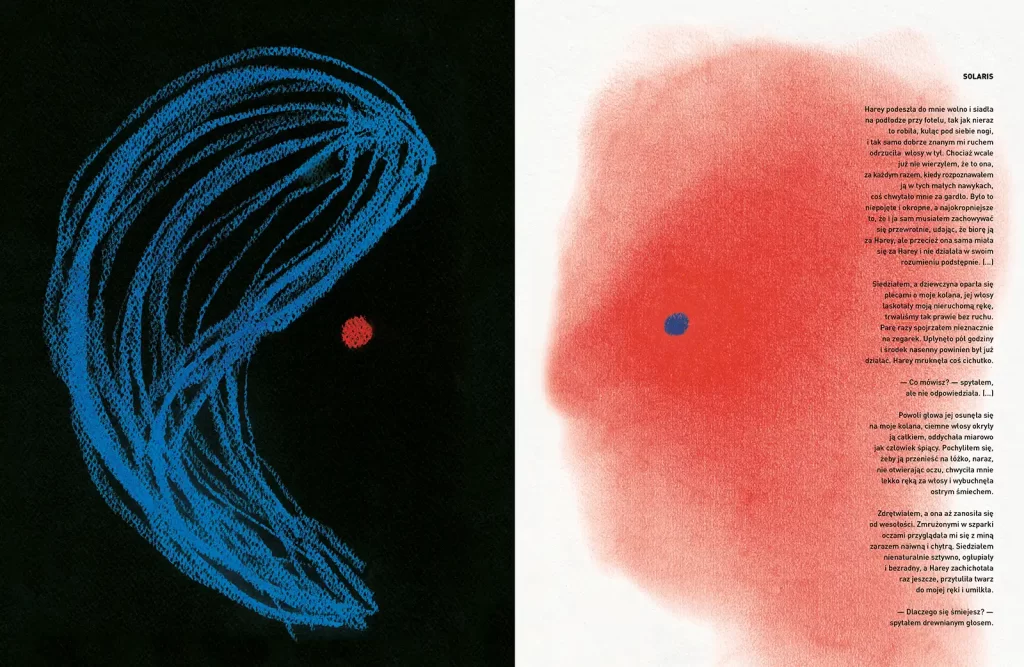
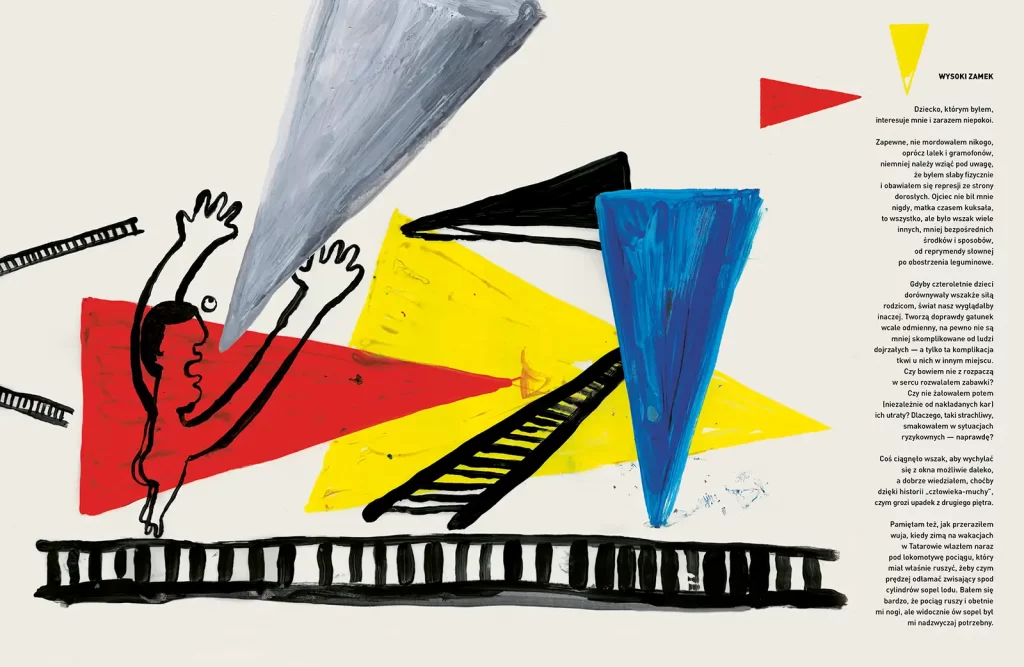

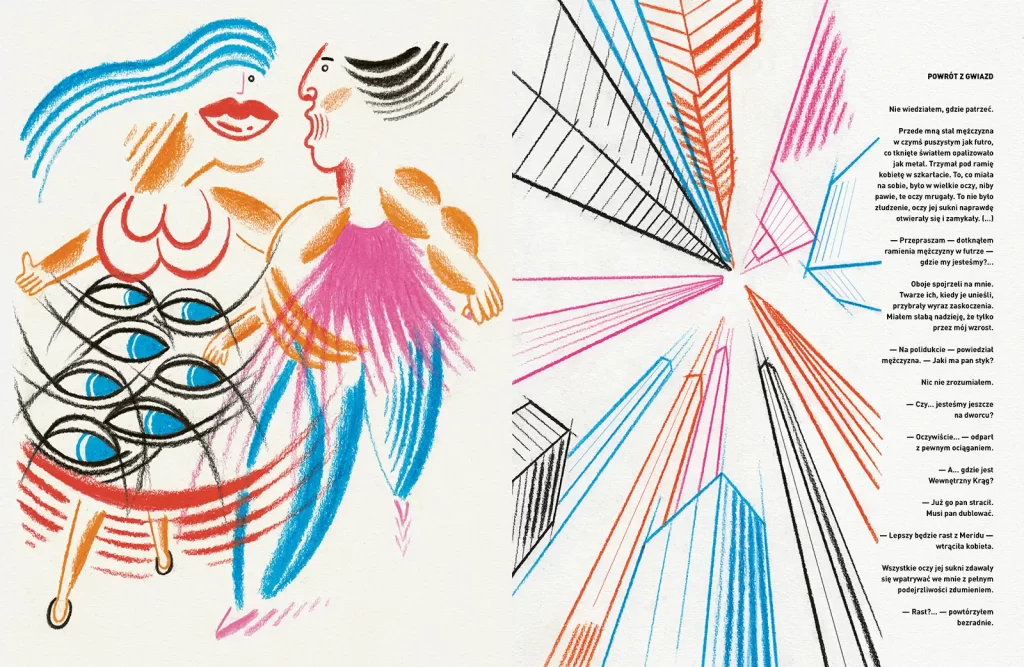
The Warsaw publishing house Muchomor, specializing in books for children and young people, has prepared a selection of over 20 quotations - longer fragments of works and aphorisms from Lem's most important works - in a rich and brilliant graphic design by Marta Ignerska (winner of the Bologna Ragazzi Award). The book Świat Lema was created with young readers in mind - it may prove to be an attractive ticket for a journey into Lem's universe, an invitation to the writer's imaginarium, but also a key to their own fantasy world. And the views along the way are fascinating, seducing with their form and color and enchanting with their expressive power. Although Ignerska's illustrations flirt with art history (rock drawings, futurism, constructivism, rayonism, neoplasticism), they are nevertheless very contemporary and extremely diverse - from minimalist works in which figures are only hinted at, as if in a fog, through poetic, multicolored, painterly, abstract compositions, to rebellious drawings that draw on the dynamics and gestures of street art and the expressive form of comics. Lem's world is undoubtedly an excellent medium for graphic designers, who also show it through the prism of their own imagination.
Text: Anita Wincencjusz-Patyna
Further information on this topic can be found at:
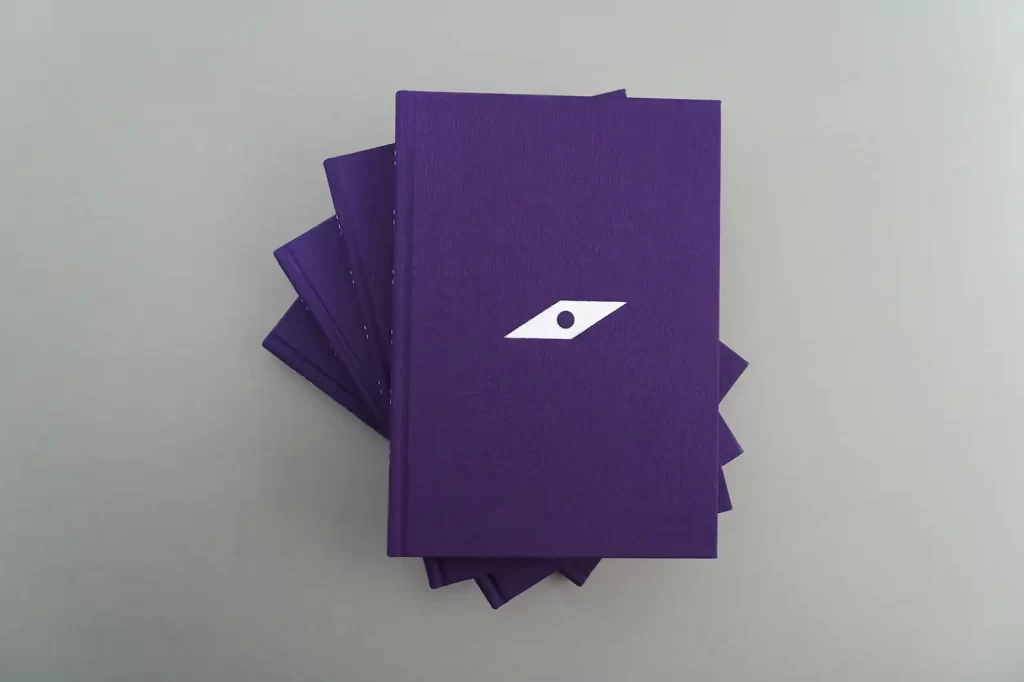
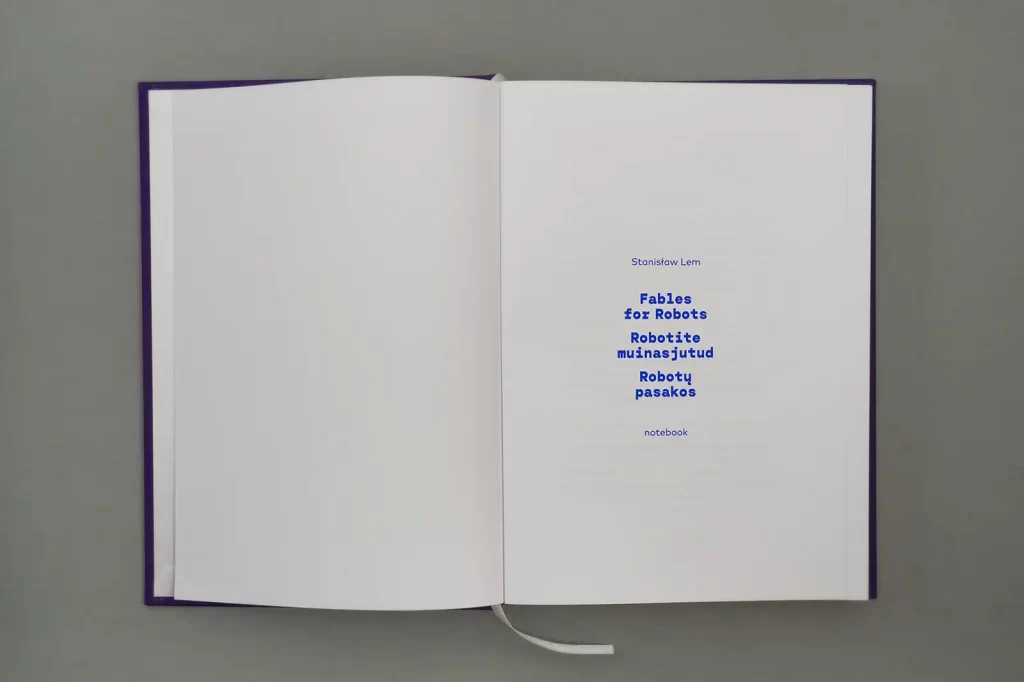
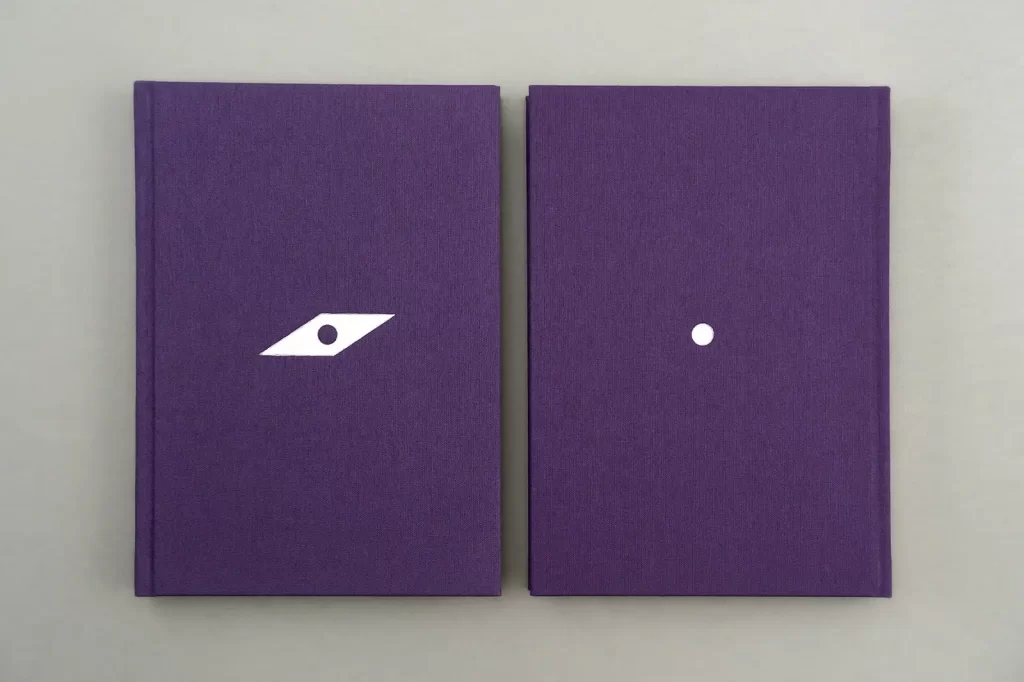
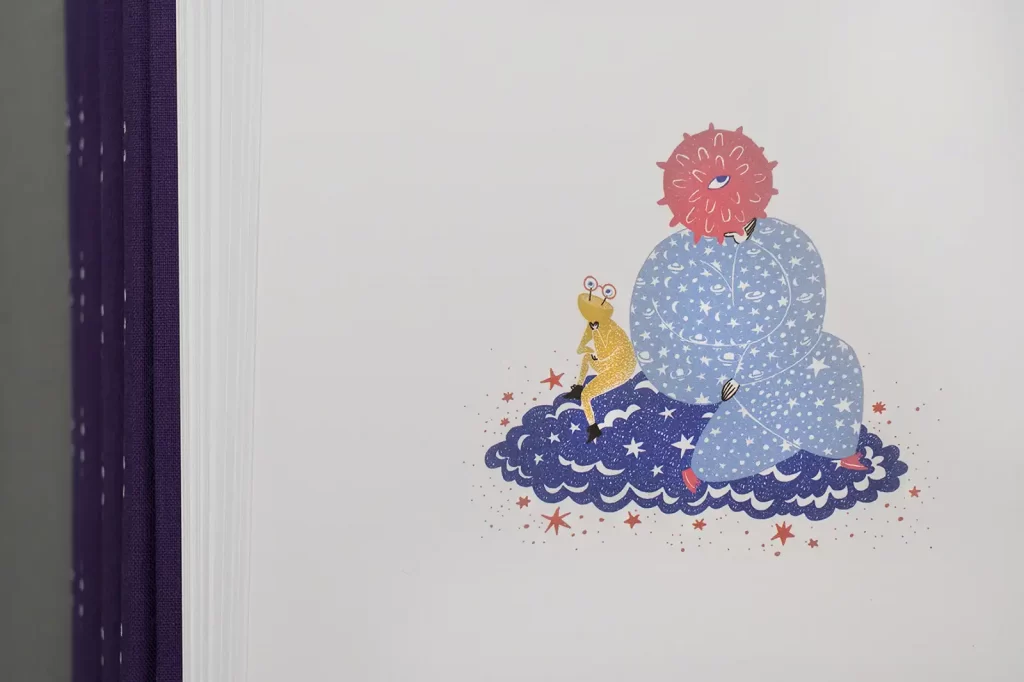
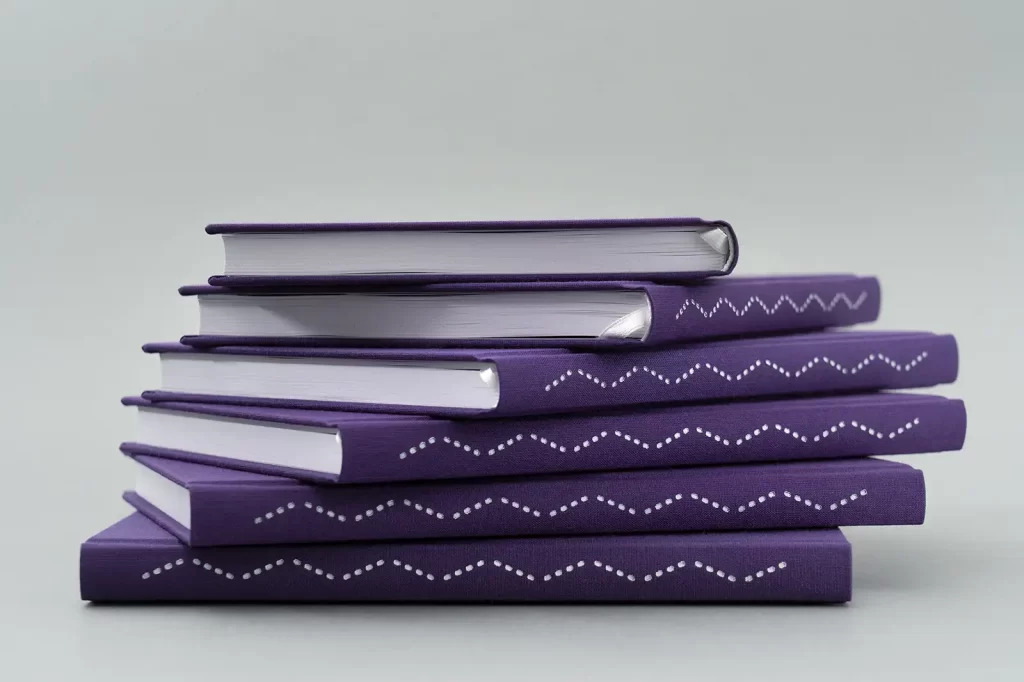
If you are interested in illustration, you should also take a look at Grafikmagazin 01.22. We deal with editorial design in the 04.22 issue of Grafikmagazin .

